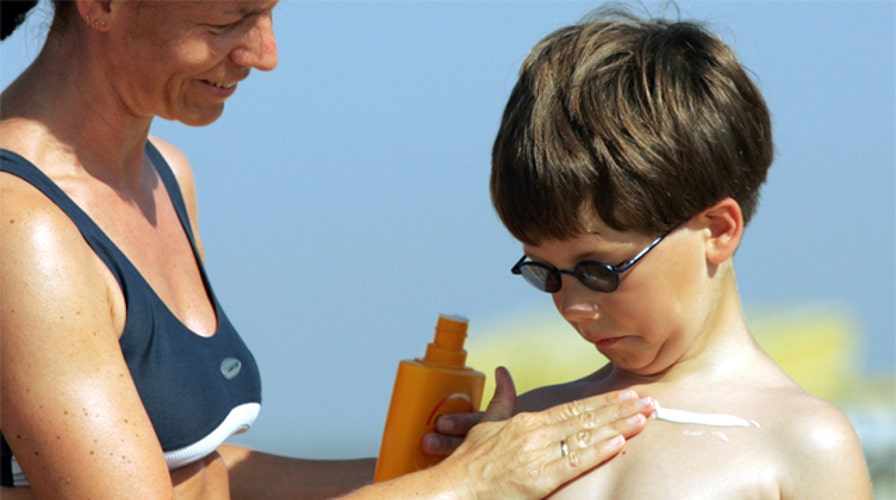Skin cancer is the most common type of cancer in the U.S. In fact, it is probably more common than you think. Did you know that one in five Americans will develop skin cancer at some point in their lives?
Every year, about 3.5 million cases of basal cell carcinoma and squamous cell skin cancer are diagnosed. It is estimated that in 2015, melanoma – the most deadly form of skin cancer – will account for more than 73,000 cases of the disease. Each year, there are more new cases of skin cancer than breast, prostate, lung and colon cancer combined.
The best way to protect yourself from skin cancer is to stay out of the sun. However, most people enjoy the sun too much to completely avoid it. Plus, sun exposure is essential for us to get vitamin D. So the next best thing you can do is to wear sunscreen. But with so many types of sunscreen to choose from, how do you know which one is right for you?
First, let’s talk about SPF. SPF stands for Sun Protection Factor, which is a measure of how well sunscreen will protect our skin from UVB rays. UVB rays are the type of radiation that causes sunburn, skin damage and can contribute to skin cancer. However, it is important to protect our skin not only from UVB rays, but UVA rays as well.
When choosing a sunscreen, there are three main things you should look for. Make sure you choose a sunscreen that is 1) at least SPF 15 or higher, 2) broad spectrum (protects from UVB and UVA rays), and 3) water-resistant.
SPF rates how effective the sunscreen is in preventing sunburn caused by UVB rays. So, if you normally burn in about ten minutes, SPF 15 multiplies that by a factor of 15. This means you could go 150 minutes before burning.
For most people, SPF 15 works just fine. However, if you have very fair skin, a family history of skin cancer, or a condition like lupus which makes a person more sensitive to sunlight, you may want to consider SPF 30 or higher. Also, SPF 30 does not mean you are getting twice the protection. SPF 15 blocks 93 percent of UVB rays while SPF 30 blocks 97 percent of UVB rays.
A broad-spectrum sunscreen is key in protecting your skin from both UVB and UVA rays because both can harm your skin. A broad-spectrum, or full-spectrum, sunscreen is designed to protect you from both. UVA rays can prematurely age your skin which can cause wrinkles and age spots. UVB rays can burn your skin. Too much exposure to UVA or UVB rays can cause skin cancer.
Water-resistant sunscreen is a must since your regular sunscreen can rub off when the sun makes us sweat or while swimming. Water-resistant sunscreen means it will stays effective after 40 minutes in the water. Because sunscreen is not water-proof, you must reapply after sweating or swimming.
Ultimately, the best sunscreen involves staying in the shade and wearing protective accessories such as a hat and sunglasses. You can still get a great tan, even in the shade. This is especially important when the sun’s UV rays are the strongest, which is between the hours of 10 a.m. and 4 p.m.

